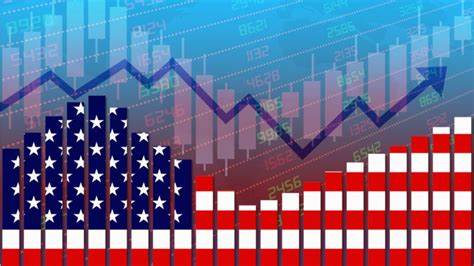Inflation in the United States exhibited unexpected signs of cooling in June, a development that carries significant implications for the economy amid persistent concerns about elevated price levels. According to the latest report from the Labor Department, the Consumer Price Index (CPI), which tracks the prices of everyday goods such as gasoline, groceries, and rent, experienced a slight decrease of 0.1% from the previous month. This decline marks the first monthly reduction since May 2020 and contrasts sharply with economists’ expectations, which had projected a modest 0.1% increase. Annually, prices were up by 3%, slightly below the forecasted 3.1%.
Core inflation, a critical measure that excludes volatile components like food and energy, also saw a modest increase of 0.1% in June. On a year-over-year basis, core inflation grew by 3.3%, the lowest reading since April 2021. These figures indicate that while inflationary pressures persist, there are encouraging signs of stabilization, reflecting the Federal Reserve’s ongoing efforts to manage economic conditions.
Joe Brusuelas, Chief Economist at RSM, interpreted the report as indicative of a normalization in inflation trends. However, he cautioned against premature optimism, noting that the current phase represents a critical battleground where efforts to mitigate inflation are concentrated and ongoing.
Federal Reserve Chair Jerome Powell emphasized the significance of recent inflation data during his congressional testimony. Powell highlighted that positive trends in inflation metrics would strengthen the case for potential interest rate cuts later in the year. His remarks underscored the Federal Reserve’s cautious optimism amidst the economic landscape, aiming to strike a balance between inflation control and fostering economic growth.
Financial markets responded positively to the softer-than-expected inflation report. Stock futures surged while bond yields declined, driven by expectations that the Federal Reserve could initiate interest rate cuts as early as September. Seema Shah, Chief Global Strategist at Principal Asset Management, emphasized that the reduced core CPI figures bolster the case for multiple rate cuts in 2024. This sentiment aligns closely with market expectations for monetary policy adjustments aimed at supporting economic recovery.
Despite these encouraging signs, high inflation continues to strain household budgets across the U.S., particularly impacting lower-income families who allocate a larger portion of their income towards essential goods and services. The report noted a significant 3.8% drop in gasoline prices, which helped offset increases in food and rent costs. Housing costs, a major contributor to inflation, showed signs of easing with a modest rise in rent prices, although they remain elevated compared to previous years.
In conclusion, while the June inflation report provides some relief, it underscores ongoing challenges in the economic recovery and highlights the delicate balance the Federal Reserve must navigate in its policy decisions moving forward. As the Fed monitors inflation dynamics closely, the path towards sustained economic stability remains contingent on continued progress in inflation moderation and broader economic resilience.
